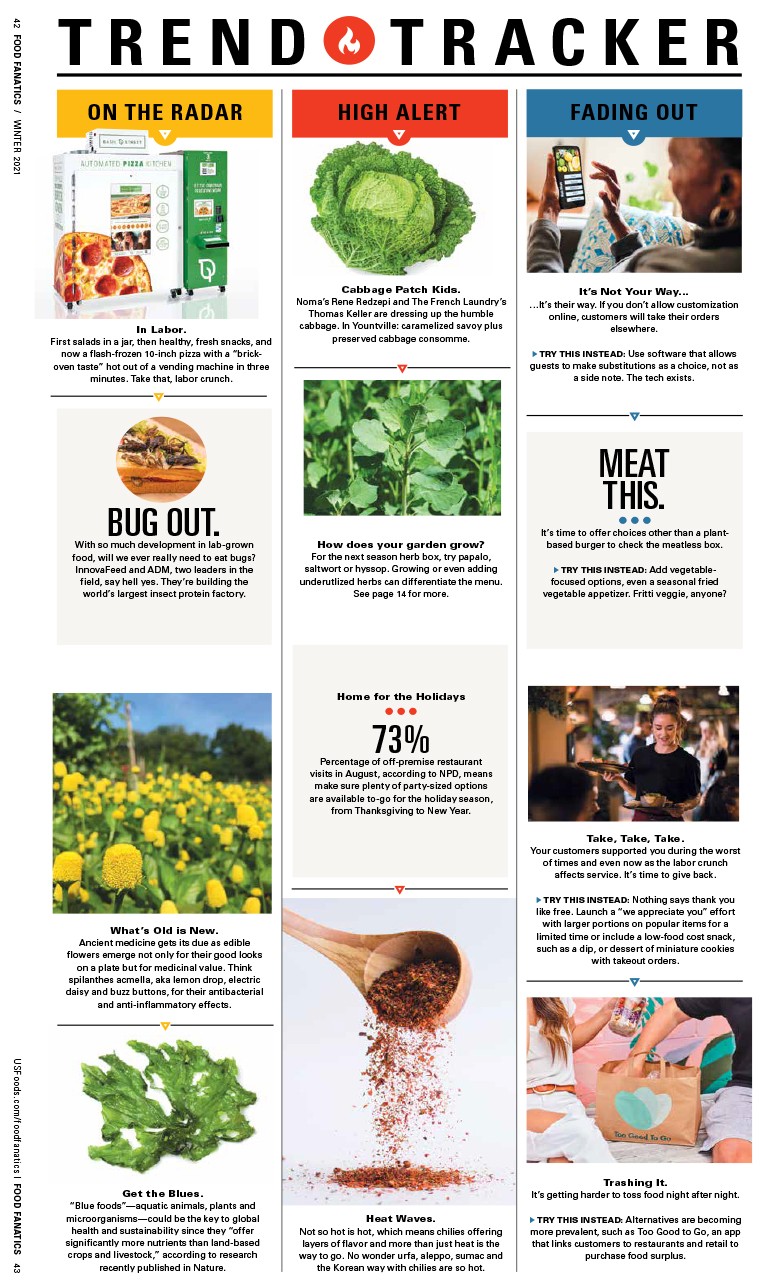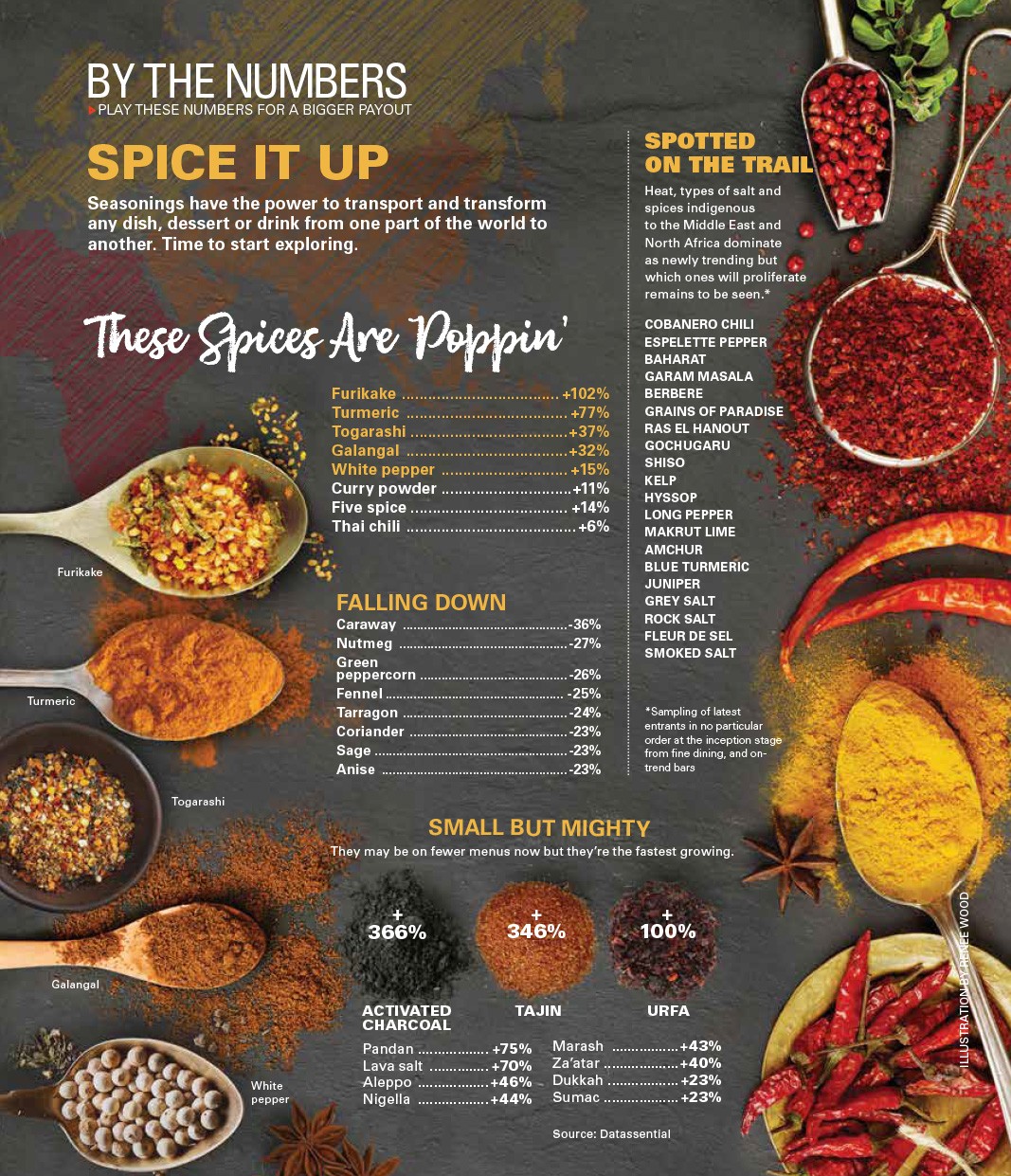Restaurant Technology Turning Customers into Regulars
Restaurant technology can make every diner feel important
Imagine diners walking into your restaurant who are recognized by the host and greeted by name. Servers offer favorite drinks, knowing all of the guests’ food preferences. This dining scenario was once limited to frequent diners or fine dining establishments. But new technology is empowering all restaurants to give every guest personalized treatment.
“It’s a bit of the ‘Cheers’ effect,” says Scott Jampol, senior vice president of marketing at reservation platform OpenTable. “People love to feel welcomed and recognized.”
Tools that personalize diner experiences typically work with a restaurant’s existing point-of-sale system. A POS system can’t alert a restaurant that a guest has arrived but it stores a powerhouse of information ideal for harvesting. Knowing diners’ preferences, ordering history and frequency of visits, among other things, is about building customer loyalty, cultivating repeat visits and increasing sales.
A Name With the Face
Interest in food, chefs and restaurants has created a culture where diners more than ever crave to be acknowledged. But on their own terms.
"It’s a bit of the ‘Cheers’ effect. People love to feel welcomed and recognized."
-Scott Jampol, senior vice president of marketing at OpenTable
Facial recognition technology, which may sound intriguing, has been met with apprehension. Operators who have tried Facedeals, for example, say their customers weren’t ready for it, calling it “creepy.” Beacons, however, are showing promise for restaurants. Already gaining traction in retail, these small Bluetooth enabled transmission devices work with an app to alert the restaurant of a guest’s arrival.
The diner, who has downloaded the restaurant’s app, receives a welcoming popup notification after walking into the establishment. By communicating with the restaurant’s POS system or computer, the beacon app triggers the diner’s profile, allowing the host to greet the customer by name while giving servers access to dining preferences. Once the guest is in the restaurant, other notifications can pop up, promoting dishes or specials.
Tanoii, a software company that offers the beacon app, has about a dozen restaurants using the service, including Atlanta-based chain Moe’s Southwest Grill. Devices cost as little as $5, and, depending on a restaurant’s need, one should do the trick. Companies behind the beacon app, such as Mahana, charge a monthly fee, which for Mahana can start at $39 per month per location.
“What’s interesting about technology is how you can scale that experience so anyone can have it at any price point,” says Danielle Gould, founder and CEO of Food+Tech Connect, an organization that works with businesses in the restaurant and technology industries.
Sharing Is Caring
If you keep diner preferences and own more than one concept, or your restaurant has different locations, chances are you don’t know whether the same diner is frequenting them—until now.
New technologies are giving operators the tools to mine information from different restaurants, enabling them to further deepen personalization. Restaurant software company Venga allows cross-communication among restaurants under the same ownership by unlocking data stored on POS systems and OpenTable, though the reservation platform has also started enabling cross-communication.
On Target
Retail companies have been hot on targeted email marketing for years, and the restaurant industry is finally starting to catch up. Data-gathering software from companies like Venga can sift through data to help restaurants seamlessly send guests custom messages.
“We can easily pull up a list of people who were interested in a certain type of event, or ordered truffles,” says Lauren Hobbs, director of marketing at Union Square Hospitality Group in New York. “When the next [truffle] season comes up, you can communicate with that specific group rather than blanketing the whole list.”
Gloria Dawson is a New York-based writer and contributor to The New York Times and The Wall Street Journal. She loves when restaurants greet her by name.
Digital Exclusive
Tech Check
Three considerations before opting for personalization software
- If your customers are smartphone-savvy and frequent users of your restaurant app, the beacon app that alerts restaurants of their arrival and aids in personalizing the dining experience might be a good fit. But if you prefer diners to put down their phones for the meal, you’ll want to look for another tool.
- Make sure new technology works with your current POS, email and reservation systems, and can be integrated if you have more than one operation. Opentable’s software licensing costs about $250, plus per diner fees. Venga’s services are in additional to Opentable’s, and the prices are based on the level of services and the number of locations.
- Data doesn’t have eyes so even if the diner’s profile says he dines and dashes, observant servers should still know when a diner won’t want to be rushed. “Data can never really tell you what that person is thinking and feeling in that moment,” says Hobbs.



